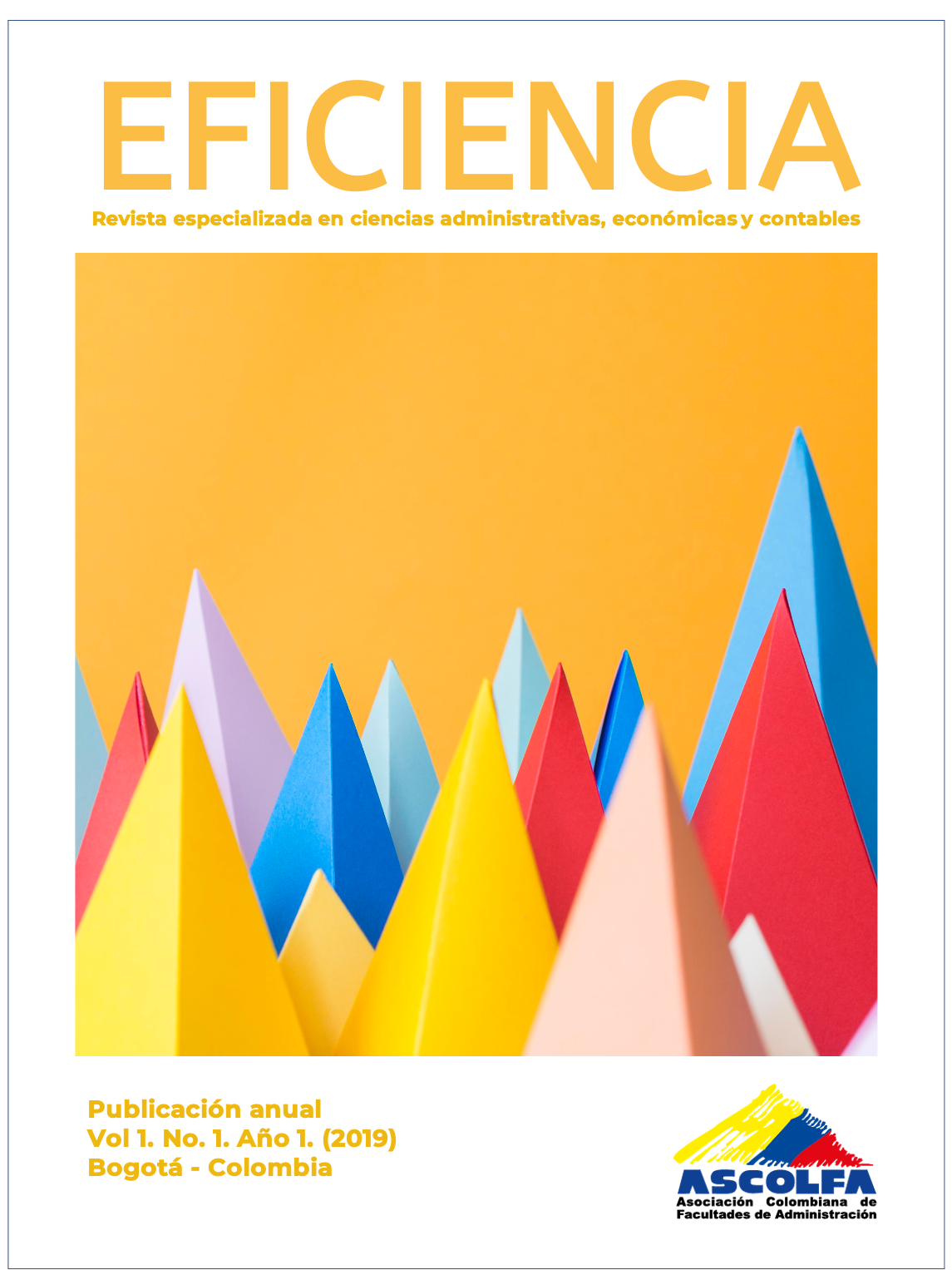LOS SIMULADORES COMO ESTRATEGIA DE ENSEÑANZA- APRENDIZAJE EN LA FORMACIÓN EMPRENDEDORA INCORPORANDO IA EN LA TOMA DE DECISIONES
Contenido principal del artículo
Resumen
El uso de simuladores de negocio no es nuevo, aunque es una estrategita de enseñanza-aprendizaje que contribuye a la formación emprendedora, potenciada por la creciente incorporación de la inteligencia artificial (IA) que soportado en el desarrollo del cómputo cognitivo contribuye a avances generales y específicos en la inteligencia de negocios (IN).
En este contexto, la relación entre docente-estudiante mediada por el currículo deriva en una interacción distinta, con el soporte de parámetros evaluativos desde la IA que hacen susceptible una mejora continua con la experiencia de aprendizaje bajo esta estrategia resignificando el aula. Este estudio con énfasis cualitativo considerando la aplicación del simulador Business Global de Company Game, entre un grupo regular de estudiantes, permitió encontrar fortalezas y retos a incorporar bajo esta estrategia.
##plugins.themes.bootstrap3.displayStats.downloads##
Detalles del artículo
Número
Sección

Esta obra está bajo una licencia internacional Creative Commons Atribución-NoComercial-SinDerivadas 4.0.
Cómo citar
Referencias
Ansoff, I. H. (1965). Corporate strategy: An analytic approach to business policy for growth and expansion. New York: McGraw-Hill.
Blanco-Mesa, F., & Merigó, J. M. (2016). Bonferroni distances with OWA operators. In 2016 Annual Conference of the North American Fuzzy Information Processing Society (NAFIPS) (pp. 1–5). IEEE. https://doi.org/10.1109/NAFIPS.2016.7851586
Blanco-Mesa, F., Merigó, J. M., & Kacprzyk, J. (2016). Bonferroni means with distance measures and the adequacy coefficient in entrepreneurial group theory. Knowledge-Based Systems, 111(1), 217–227. https://doi.org/10.1016/j.knosys.2016.08.016
Drucker, P. (1954). The Practice of Management. New York: Harper and Row.
Grant, R. M. (2008). Contemporary strategy analysis. Oxford: Blackwell Publishing Inc. Merigó, J. M., & Wei, G. (2011). Probabilistic aggregation operators and their application in
uncertain multi-person decision-making. Technological and Economic Development of Economy, 17(2), 335–351. https://doi.org/10.3846/20294913.2011.584961
Yager, R. R. (1988). On ordered weighted averaging aggregation operators in multicriteria decision making. IEEE Transactions on Systems, Man, and Cybernetics, 18(1), 183–190. https://doi.org/10.1109/21.87068

